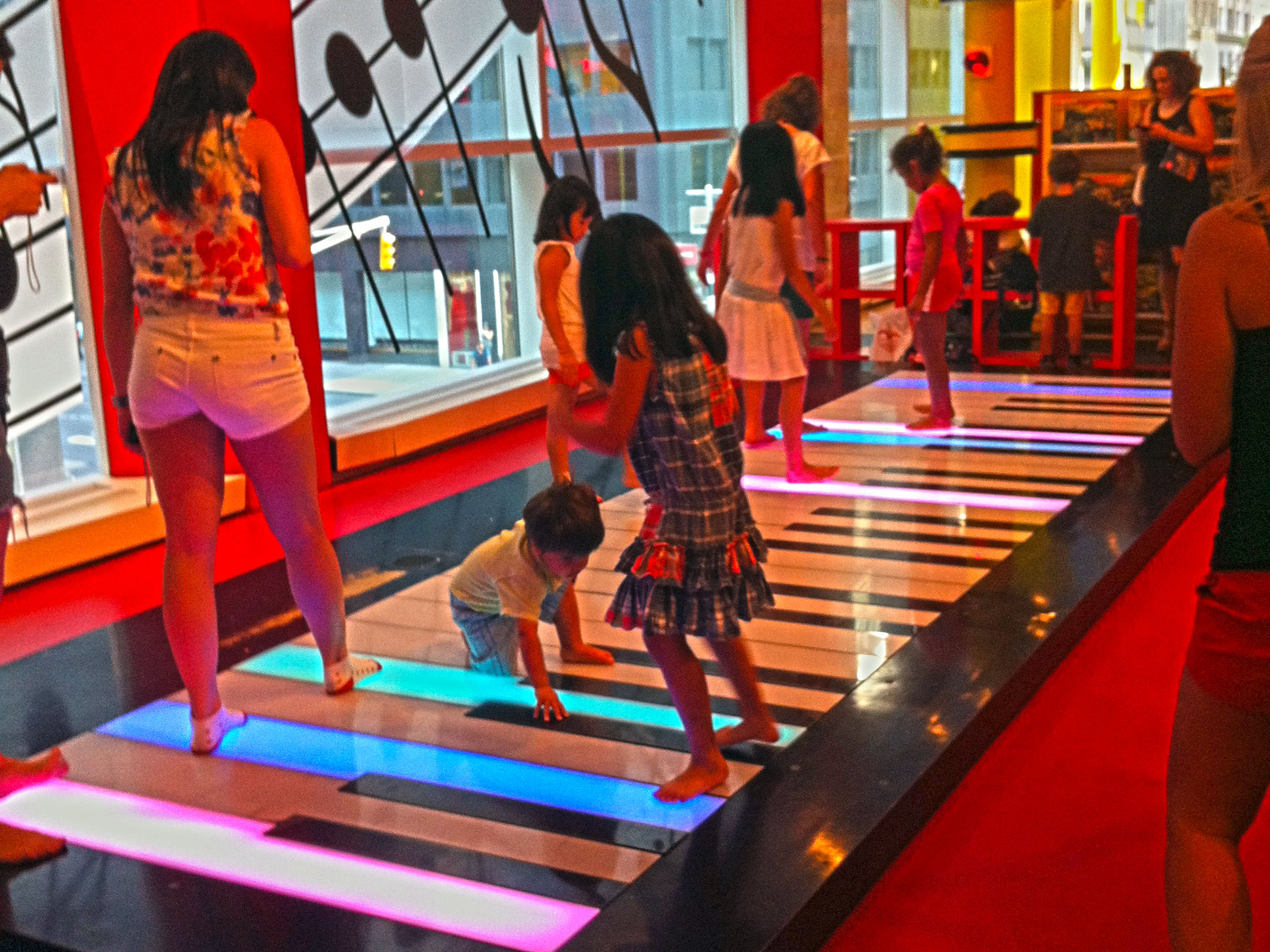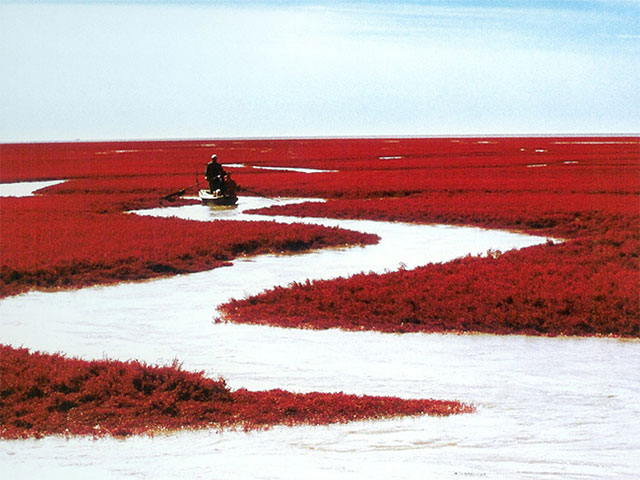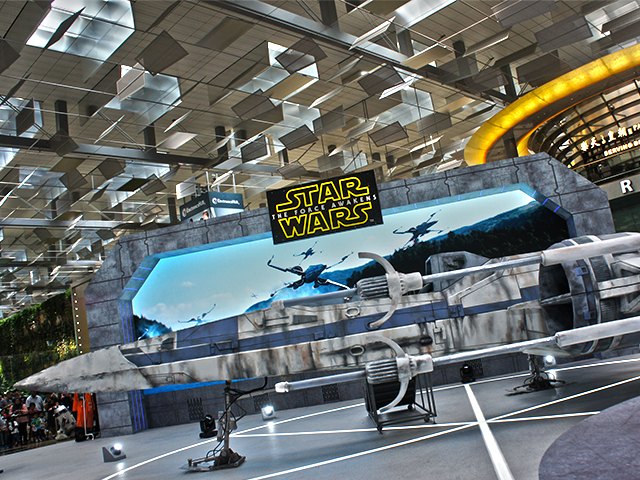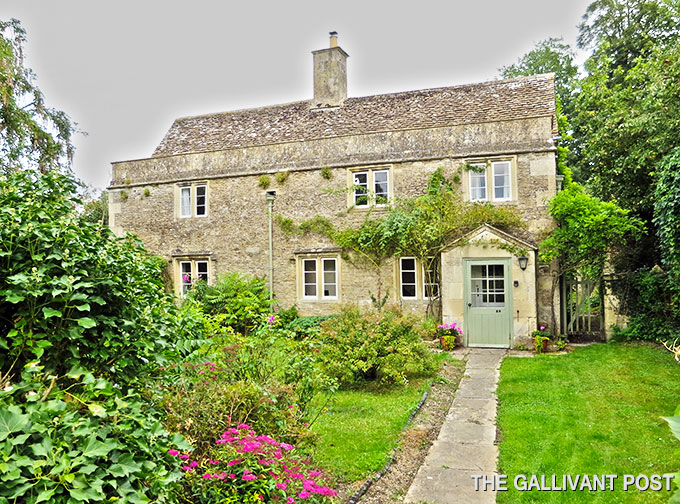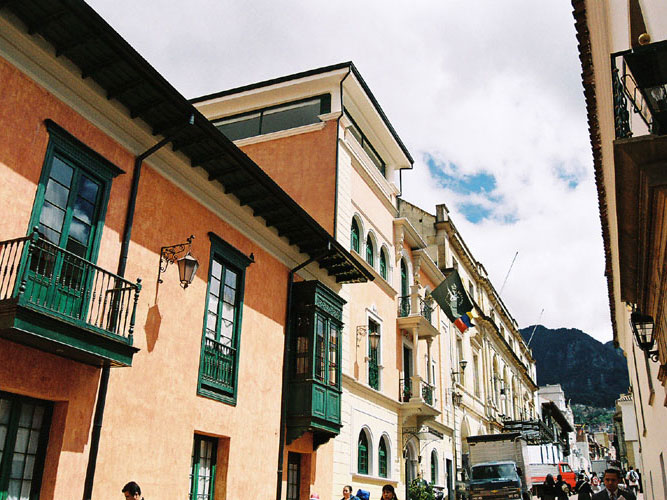
Bogota: a vibrant city of contradictions
Most of the time, Bogota gives people the impression that it’s a crime-ridden violent city, but that infamous reputation is a thing of the past. The pulsating heartbeat of Columbia, Bogota is now a city of contradictions. It balances between ancient and avant-garde, frantic and mellow. You can find century-old churches alongside towering skyscrapers, or stroll idly along a flora-lined street, only to turn a corner and meet with bustling traffic. This means a visit to the city is like a trip to two cities instead, and to sweeten the deal are Bogota’s diverse cuisine offerings, thanks to European and North American influences, and its busy nightlife.
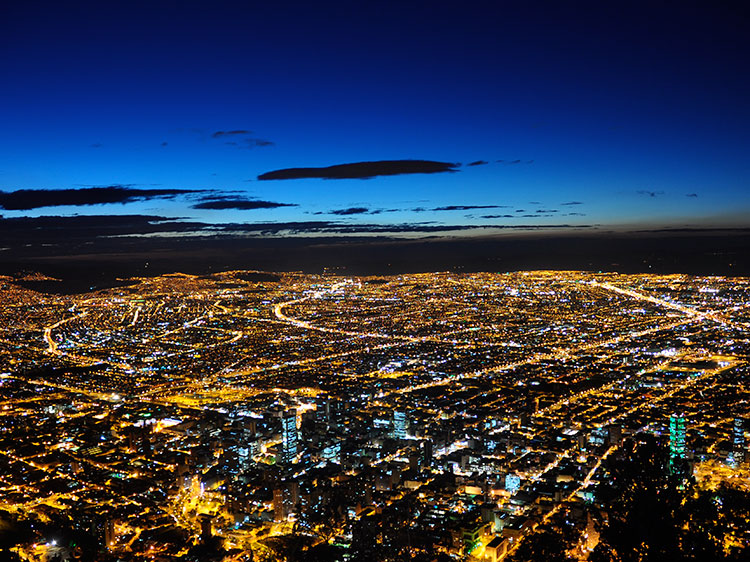
Planning before the trip
Comparable to big cities like San Francisco or New York, Bogota is an enormous city packed with over eight million people. It’s important to plan where to go before your visit.
The city is divided into four main sections. The South is the poorer section, which you’d be wise to avoid. The center or El Centro is where you can find the city’s original Downtown area, home to its heritage locations. The west sees residential areas and sporting venues. Then there’s the North, home to the more affluent, and where you’d find the latest cafes and the hottest clubs. Further divided into 20 districts, there’re a handful that are must-visits.
Getting to know the past in La Candelaria
This historic district is a good place to start. La Candelaria is where Columbia’s capital city was first founded, in 1538 by Spanish conquistador (or conqueror) Gonzalo Jiménez de Quesada y Rivera. Through the years, the city expanded westwards and northwards, leaving its Colonial center relatively untouched. Here, you can trod on cobblestone streets while admiring centuries-old buildings. Experience the beginnings of the city here, at the Bolívar Square. At the heart of the city, you can see historic structures all around you. On the north, there is the Palace of Justice, on the south you can see the National Capitol, which seats the Colombian Congress sits. The west faces the Liévano building, styled in French architecture and seats the city’s Mayor. Lastly, the east side of the square faces the Primary Cathedral of Bogotá, built somewhere in the early 1800s.
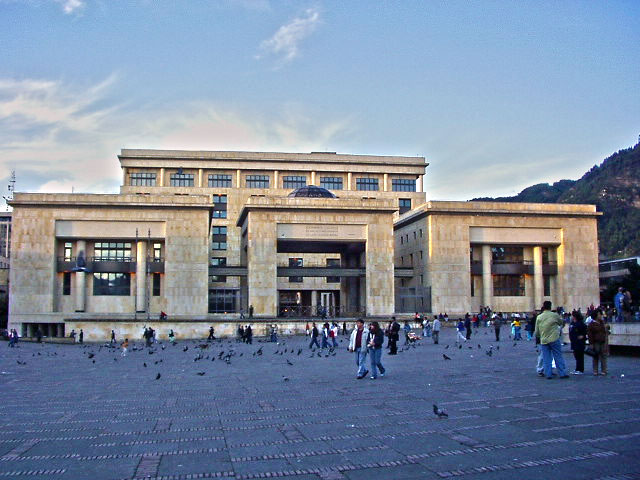
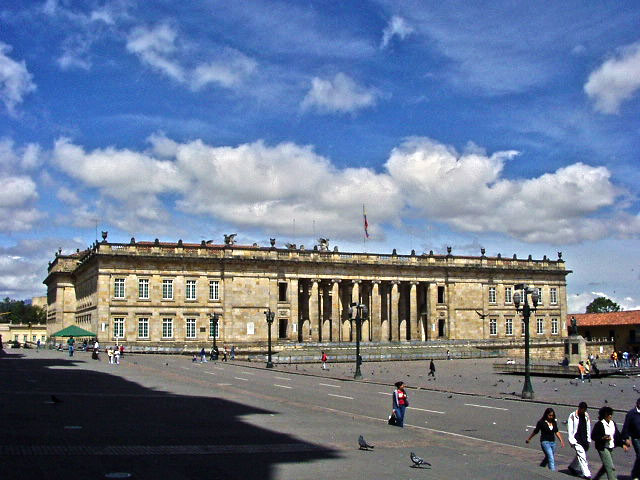
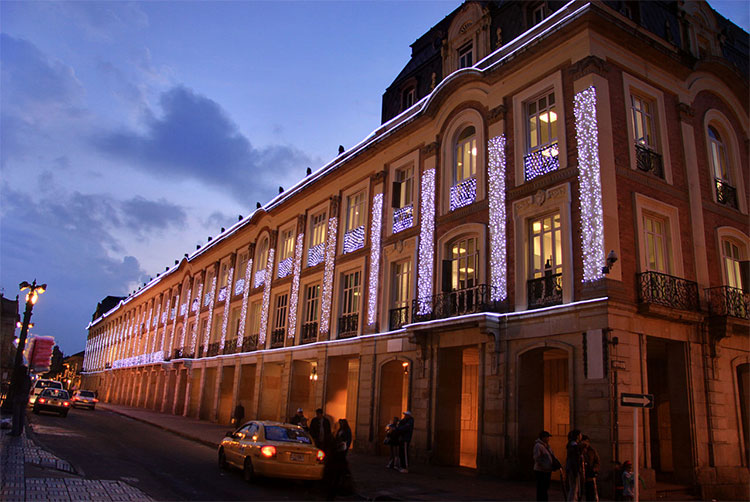

There are also museums and old churches dating back 400 years in Bogota’s oldest neighborhood. Some streets in La Candelaria hold so much history that they are reserved only for pedestrians. The places that you can’t miss out there are the Colonial Art Museum, where it holds the precious Colombian cultural treasures, or any of its numerous churches, to admire their architecture and history.
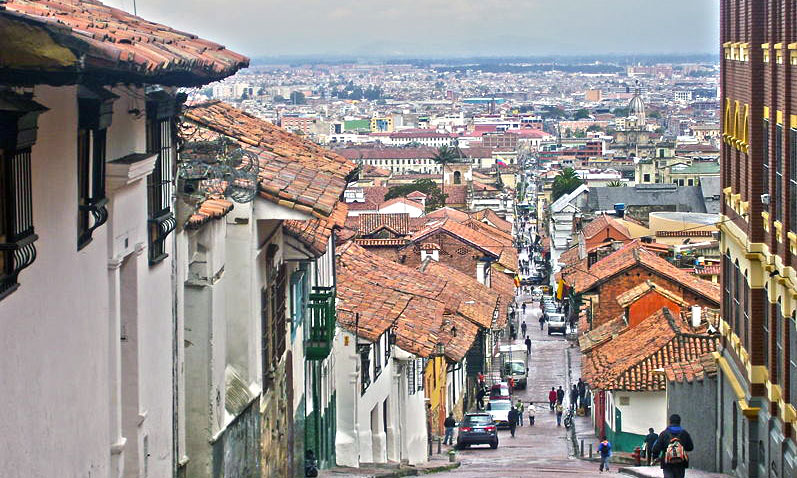
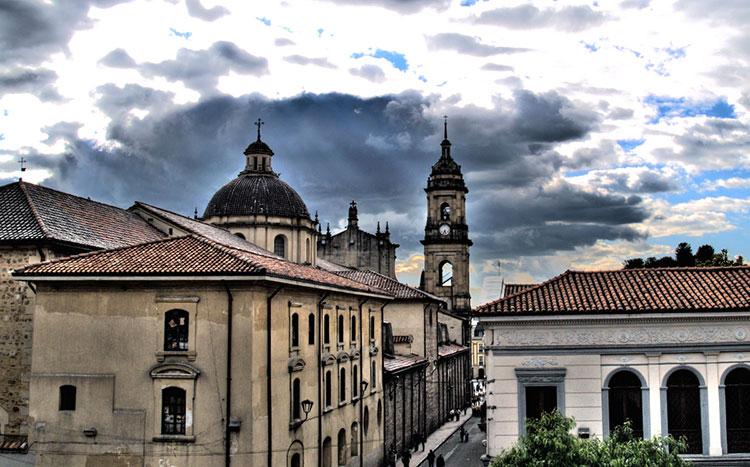
Tip: to get to know Bogota’s history better, take a three-hour walking tour of its historic center and see its religious, cultural, historical and political sites. The tour starts at the Bogota Bike Tours office (Carrera 3 No. 12-72 in La Candelaria).
If you’re into emeralds, the Emerald Museum should rank high on your visit list. Being one of the world’s largest producer of emeralds, the museum displays exclusive Emerald pieces and even has artists on hand to create jewellery. If you don’t speak Spanish, you might have some difficulty, as all the information here is only in Spanish. If you simply can’t get enough of emeralds, go crazy at the Emerald Market, where a dizzying spectacle of cut and uncut emeralds of all grades and sizes are available. Even if you don’t buy, the market is quite an eye-opener.
Take a dive into the modern at Chapinero
After you’re done exploring the more traditional La Candelaria, head north for some modern structures in Chapinero. This district is Bogota’s coolest neighborhood, brimming with shopping complexes and comes alive after dusk with its busy nightlife. Bogota is known for its crazy traffic, and you get a good dose of it in Chapinero, so do factor in more time to get from place to place. Or you can always choose to walk instead. Start your day out at the El Nogal, La Cabrera and Chicó Reservado areas and work your way to Parque 93. There are plenty of charming shops, boutiques and cafes to fill your eyes and tummy. Then in the evenings, saunter to the Zona Rosa area for its myriad of bars and clubs.
Chapinero is known for its active gay scene, most prominent in the Chapinero Alto area. Commonly referred to as “Chapigay” or “Gay Hills”, this area is home to interesting alternative clothing stores. At the Calle 58 # 10-18, you can find the city’s largest club, the Theatron de Pelicula. If you’re a night owl, this place is worth checking out. At Zona G between Calle 65 and Calle 74 and Carrera 7 and Carrera 3, posh dining options await, offering exquisite dishes. Expect a fine dining experience with a hefty price tag though.
A spot of nature at El Salitre
This district offers a more calming experience with the city’s largest public park- the Simón Bolívar Metropolitan Park, where you can sometimes stumble upon open-air concerts and festivals of all sorts. There’s also a massive lake in the park, where you can rent paddle boats and enjoy a spot of tranquility in this energetic city.
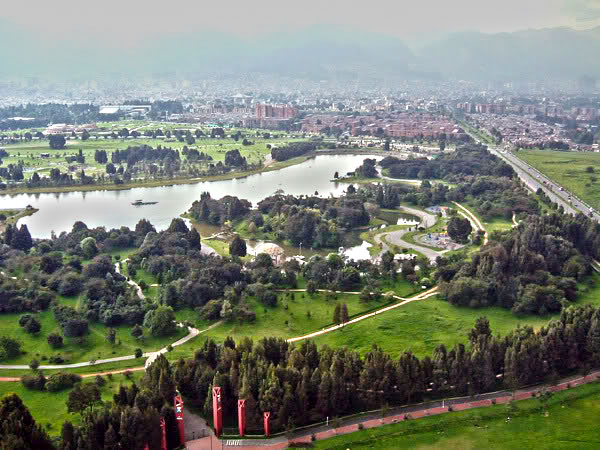
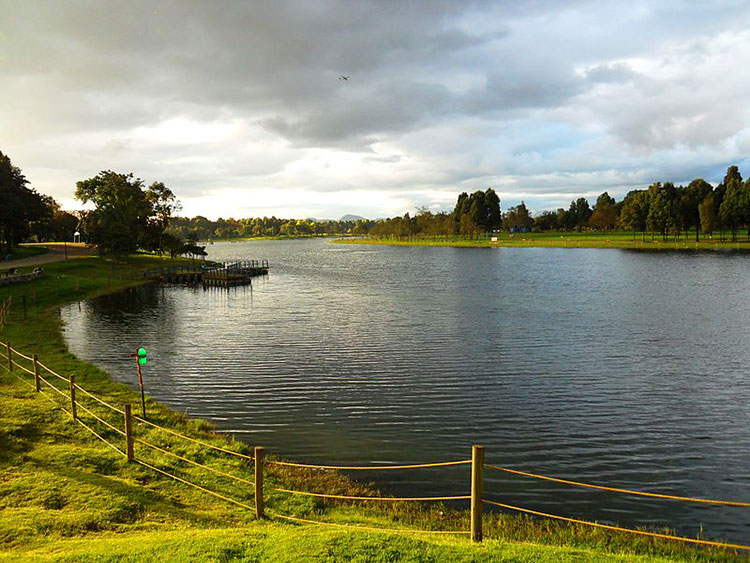
Did you know: Metallica performed for the first time in Colombia on May 2, 1999 with a sold-out show, holding the record for the highest attendance concert with 100,000 people in attendance.
Flora lovers can flock to the José Celestino Mutis botanical garden in El Salitre that boasts an extravagant floral display. The gardens houses plants from every Colombian altitude, climate and region, making it a sizeable visual feast.
Dining in Bogota
There are plenty of dining options in the city. Mentioned above, Zona G has some of the best eateries in Bogota. If you’re undecided on which cuisine type to satiate your palate on any given day, head here and start browsing, every corner of the street offers a different option, from simple eats to stylish restaurants, you are only limited by your budget.
There are some food that you should try when visiting, like the Tamal. A breakfast item, it’s a combination of meat, chicken, potato, vegetables and yellow corn wrapped in plantain leaves and put to boil. It’s heavy for breakfast, but is a good start to fill you up for a day of activities. Also try the Arepas, pancakes made from corn flour that are sometimes made with cheese and lightly salted for that appetizing effect.
Getting around Bogota
It’s no secret that Bogota’s traffic is a bitch. Built on an ineffective grid system, the traffic here are often grid-locked instead.
There are taxi and bus services, and you can choose either. The city’s rapid bus service- the Transmilenio is efficient, clean and more importantly, reasonably priced. Its network of routes is wide and can bring you to all corners of the city, sometimes bypassing crazy traffic in its routes. This only means expect extremely crowded buses though.
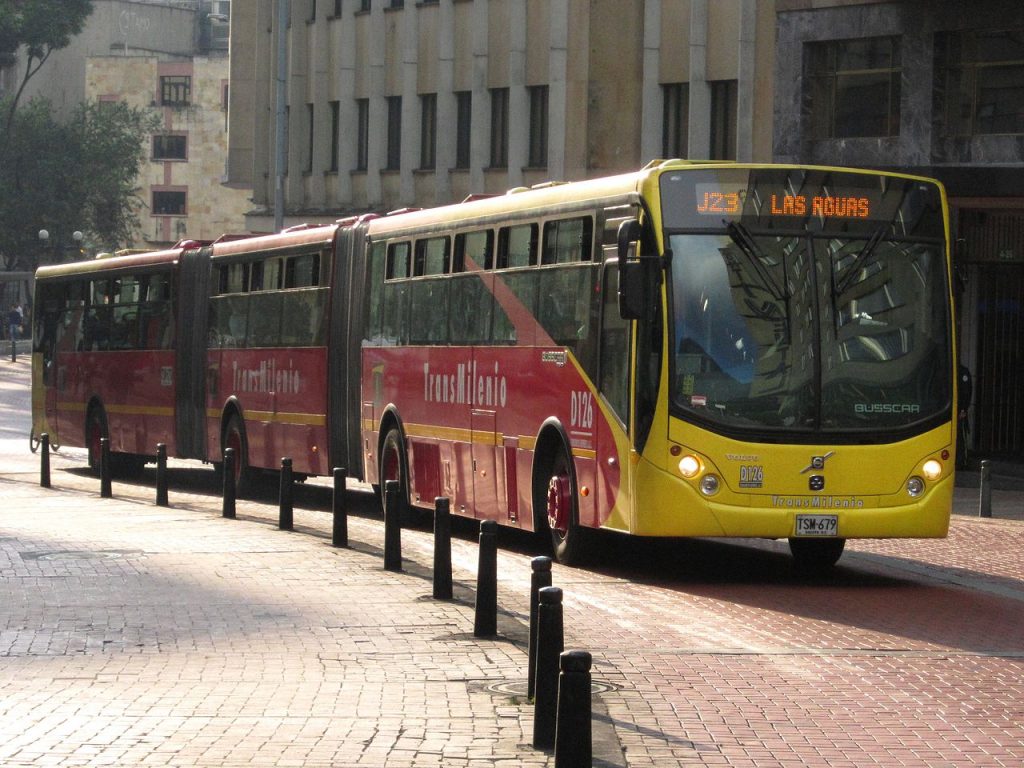
Note: There is fare difference between peak ($1.700 COP) and non-peak ($1.400 COP) hours. One ticket allows for unlimited transfers on the same day, and feeder services are free.
Then there is the bus system, but not the typical types you are used to. The bus service here is privately owned and there aren’t any bus stops, although they do trod on specific routes. Placards are placed at the bus’s front windows to indicate their destinations, and upon boarding, you’ll be asked for the fare. When you want to get off, you’ll head to the back door and push a button on the hand rails next to the door.
Tip: A quicker way to get the bus to stop is just to shout “Pare!”, which means stop. Then you can take your time to get to the back door and get off.
Quickly gaining popularity in the city’s poor transportation system is the usage of Uber. The local taxis can be a bit of a nightmare, where there are often cases of drivers robbing their passengers. With Uber, the safety concerns are taken care of. Just download the app if you have a smartphone and the Uber website gives you a list of updated date rates and information.
For a city swathed by the chilly Andean mountains, Bogota oozes with warmth, with a dash of urban charm. It has come a long way since its days of being a crime-trodden city, now emerging as a modern, and vibrant capital city of Colombia. What’s your experience with Bogota like?
